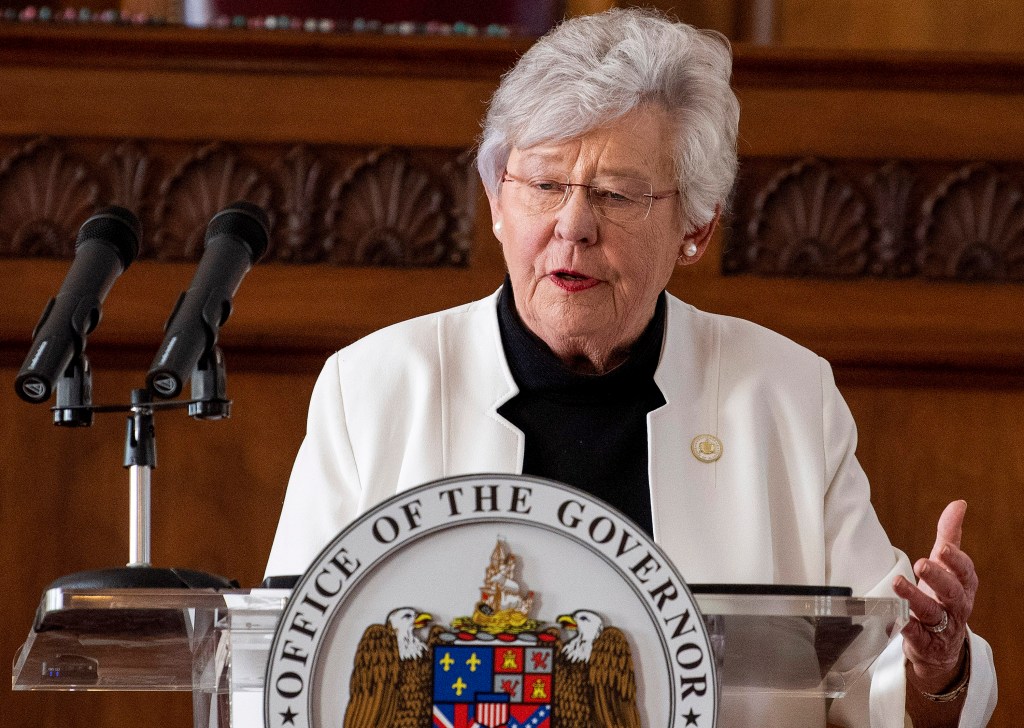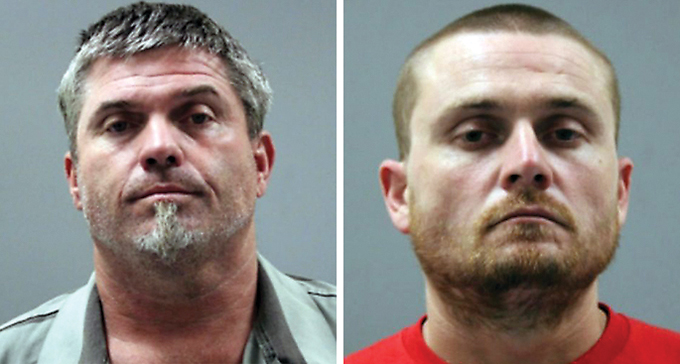COVID-19 IN ALABAMA: Ivey reviewing ideas, making plans for future
Published 8:00 pm Tuesday, April 14, 2020

- Gov. Kay Ivey.
The work by Alabamians to curtail the spread of COVID-19 appears to be working, but officials stress it is not time to relax yet. Gov. Kay Ivey said Tuesday she can’t emphasize that enough.
The governor held a press conference Tuesday morning to update residents on the stay-at-home order and what her administration is doing to get life in Alabama back on track. She said it’s a plan local and state officials have worked on for weeks.
Trending
“I’m getting a lot of advice on what we could do, should do or must do to get our economy going, but my staff and I are taking every suggestion seriously,” she said, adding there’s a task force working to see if some of the ideas can be implemented.
She said she hopes to receive recommendations later this week and have a plan of action ready for review by April 28, before the current stay-at-home order expires April 30.
“We want to get folks back to work as soon as we can, but we want to do it as smart as we can,” Ivey said.
About 264,000 residents have applied for unemployment benefits in the state, more than double the applications filed a year ago. Ivey said she wants a plan that can serve as a roadmap to help Alabama recover from the economic effects of COVID-19 without further risking the health and well-being of Alabamians.
But don’t expect that plan to go into effect in the next few days. Alabama’s number of confirmed cases continues to rise, jumping nearly 2,000 cases in one week. State Health Officer Dr. Scott Harris said while predictions look better than they did a month ago, things are still expected to get worse before they gets better.
“We think the sort of peak demand for (intensive care unit) beds will be around the 20th,” Harris said, referring to April 20. “The peak demand for hospital beds may be a day or two earlier than that.”
Trending
For many, the disease causes mild symptoms or none at all, but for others, such as the elderly or those with chronic health problems, it can lead to more severe symptoms and even death. Nearly 500 have been hospitalized in the last month from the disease, and more than 100 deaths from COVID-19 complications have been reported in the state.
Preparing for the surge
Harris said right now, Alabama is prepared to handle the additional cases. He admitted testing is not where he wants it to be, but it is available in every county.
He said the state health department is working to improve contact tracing, which is the process of identifying those who may have been exposed to an infected person. The Alabama Department of Public Health has increased the number of employees involved with contact tracing “and plan to add more as we can get them up and get them trained,” Harris said.
ADPH officials are also working with nursing homes to make sure they have the best information available for handling cases in their facilities.
“Nursing homes actually do a very good job of thinking about infections and outbreaks because they have a vulnerable population that is confined,” Harris said. “… What we have brought to them are other ideas about how they can deal with actual cases.”
Those ideas include isolating patients in a single wing or separate building with dedicated staff and equipment only for those who test positive, testing everyone — even the asymptomatic — to isolate as necessary and how to handle patients returning to the nursing home after a stay at the hospital.
Racial disparity
Harris said they are also working on how to reach and improve care for African Americans. Across the country, black residents make up a disproportionate amount of the deaths or confirmed cases. In Chicago, black residents at one point accounted for 72% of deaths and 52% of positive tests but only 30% of the city’s population, according the city’s public health agency.
In Mississippi, health officials said African Americans account for more than 50% of deaths but 38% of the state’s population. Here in Alabama, 26% of the population is black but 36.7% of cases and 52.1% of deaths involve African American patients.
Of the 16 patients who had no underlying health condition when they died, 10 were black.
“Black people in Alabama and other places have what I call a triple whammy,” Hank Sanders, former state senator, told the Associated Press. “Poverty is a factor. Lack of health insurance is a factor, and underlying health conditions are a factor.”
Harris said they are working to improve communication with hospitals and health care providers in predominantly black communities, as well as to residents who may not understand how serious COVID-19 can be. He said “it has been a challenge to get the message right” but that there are signs of improvement across the state.
Limestone numbers
As of 5 p.m. Tuesday, there were 37 confirmed cases out of 603 Limestone County residents who had been tested for the new coronavirus, according to ADPH. This marked an increase of four cases since April 7, while the number of patients being tested has increased by more than 100.





